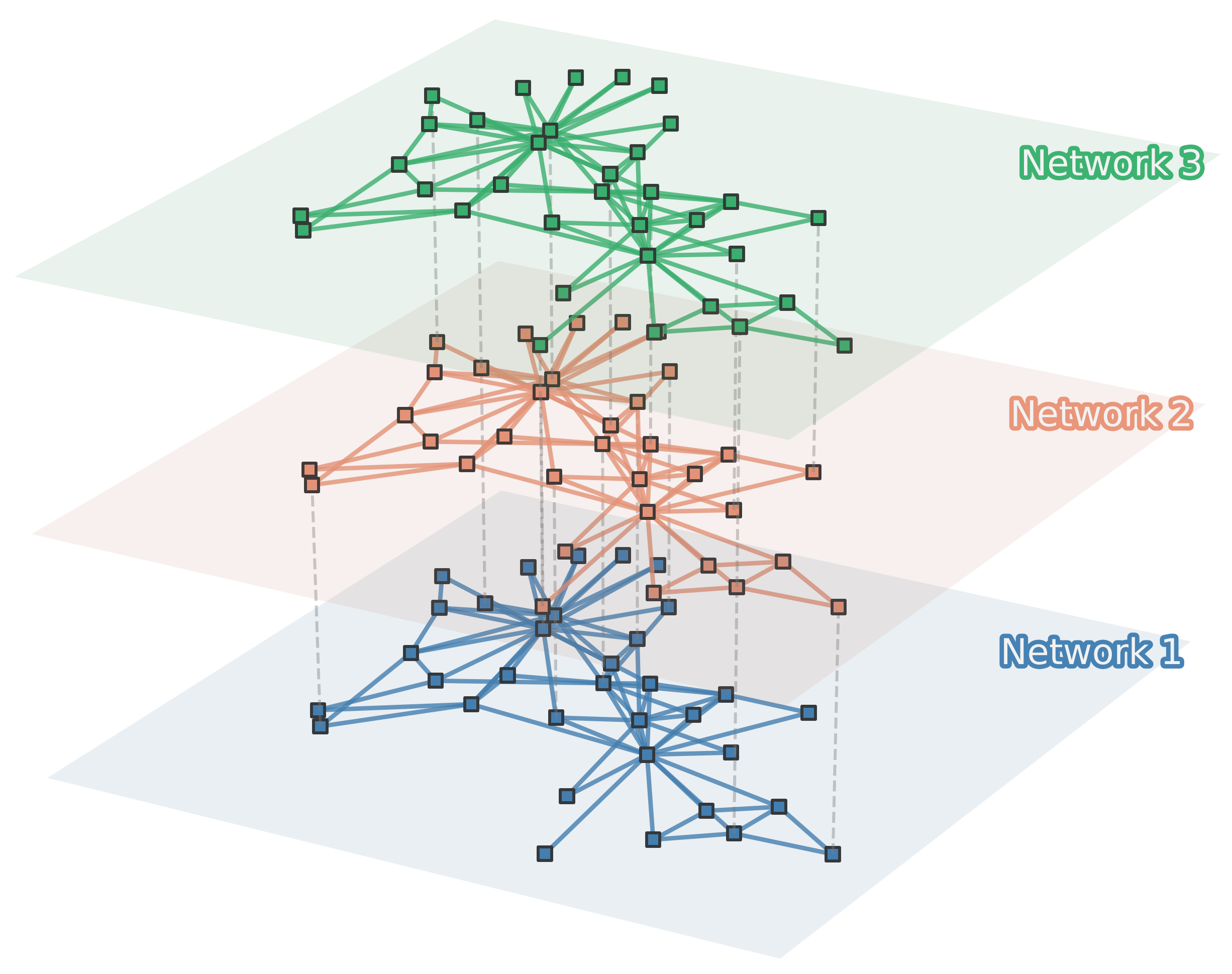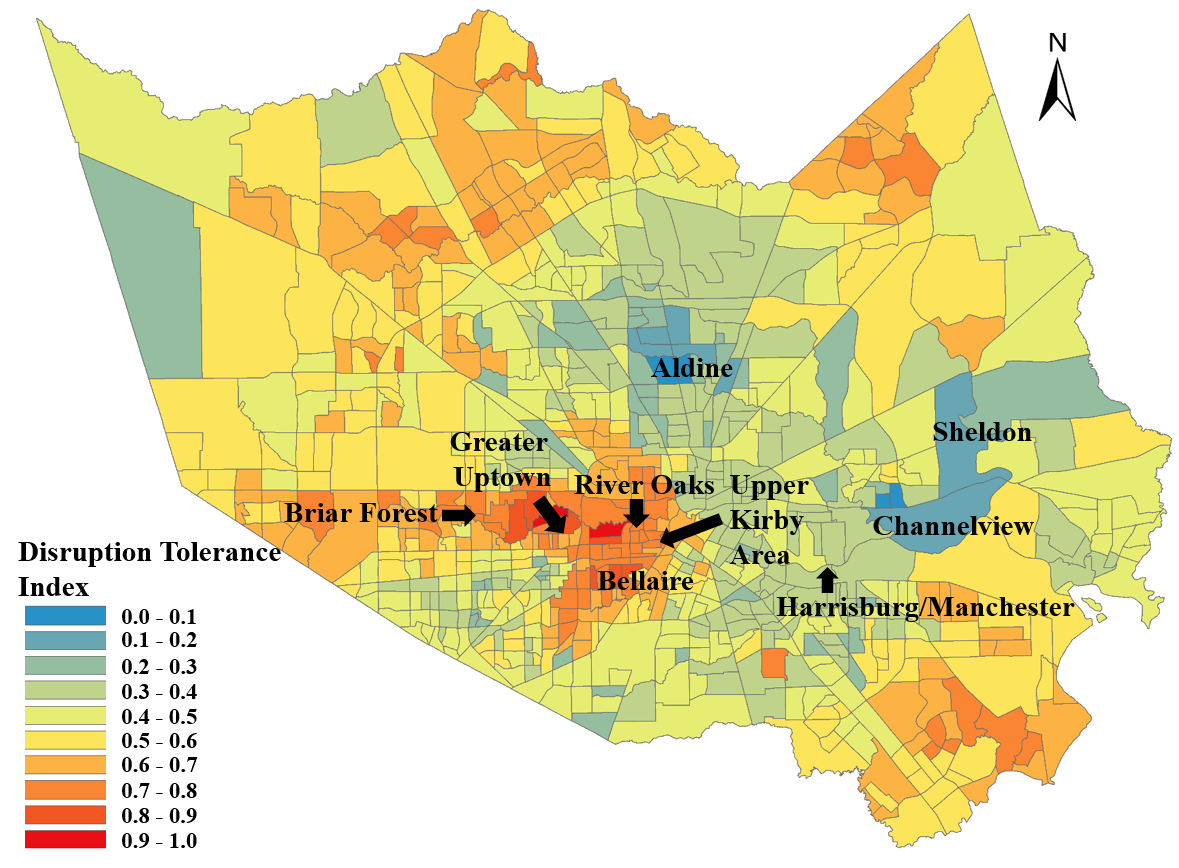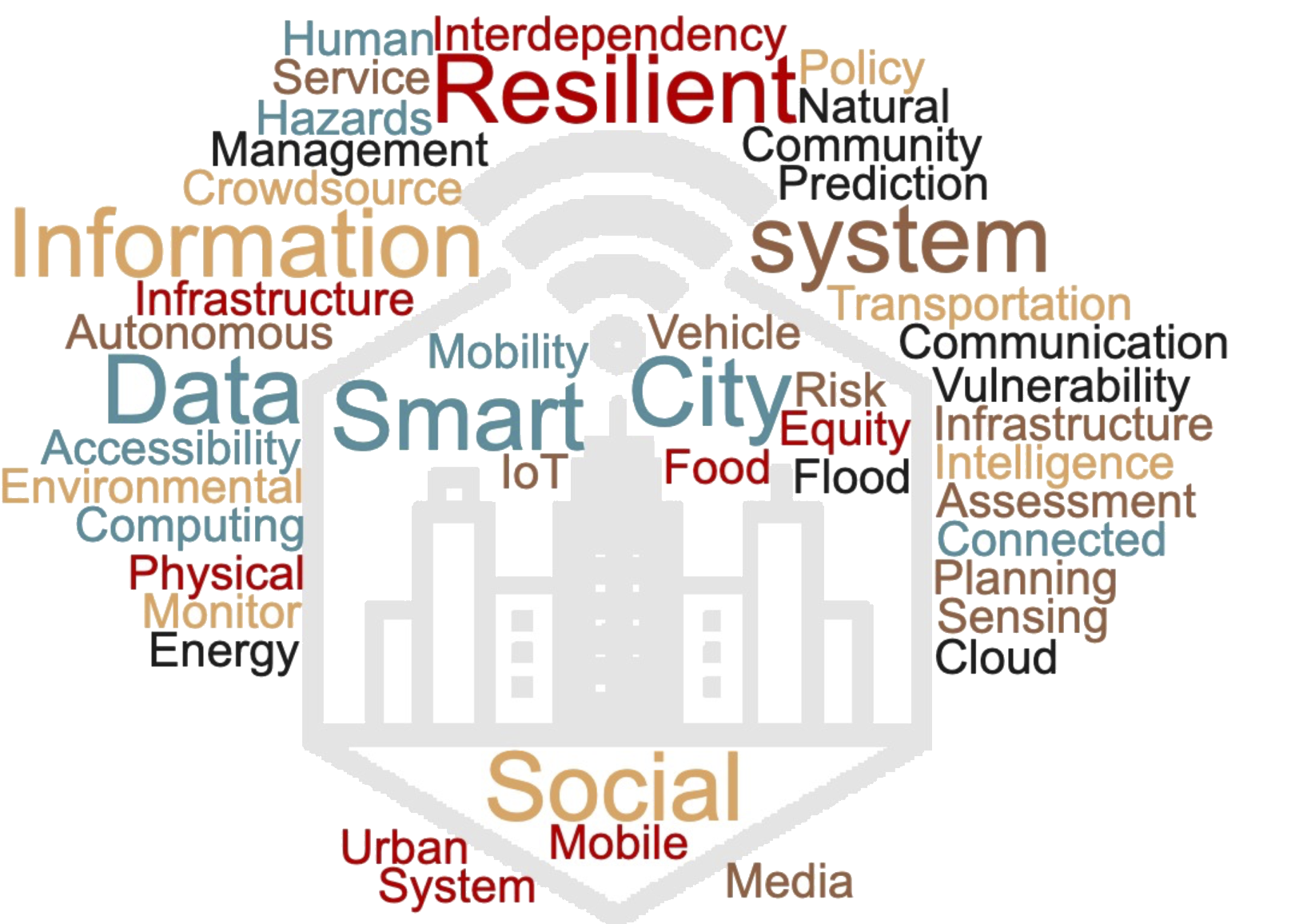

We work on cutting-edge interdisciplinary research to design and prototype engineering systems and solutions to enable data integration, system analytics, and risk-informed decision-making for climate change adaptation, critical infrastructure protection, effective disaster preparedness and response, equitable resilience planning and management, and smart and resilient operation and design of urban infrastructure.


The growing urbanization, climate change, and aging infrastructures combine to increase the severity of impacts from natural hazards. Understanding the risk and resilience of infrastructure requires new methods and tools for accurately capturing the failure dynamics on the network as well as assessing the impact of such disruptions. Our research uses data-driven network-based modeling and simulation tools to characterize network complexity and interdependency, assess the infrastructure system robustness and vulnerability, and derive strategies for hazard mitigation. We aim to develop framework that pinpoint the critical threshold of system performance transition, to identify key areas of need in different phases of network disruption, and to help us plan for future events.
The World Bank, U.S. National Academies, U.S. National Institute of Standards and Technology, United Nations International Strategy for Disaster Reduction, and the U.S. National Infrastructure Advisory Council point to a lack of fundamental information about societal risks related to infrastructure performance in disasters. Risk and vulnerability assessments based purely on physical attributes assume a uniform behavior within the communities, which neglects the fact that different sub-populations of community use, access, and rely on the infrastructure and respond to disaster impacts in different ways. Socially vulnerable populations, in particular, are at disproportionate risk due to their limited capabilities in disaster preparedness, response, and recovery. Our research focuses on enabling the integration of social equality considerations into hazard mitigation to reduce risk disparities in communities.


Smart applications use the information and communication exchanged through interconnected intelligent objects to improving urban system efficiency. The emerging interconnection not only encourages new forms of interaction between human and urban systems but also generates a large amount of data that can help us better understand and model the system-of-systems dynamics. Our goal is to use advanced theory and application to build systems to monitor, predict, and assess the risks to multiple hazards, to enable risk-informed decision-making, to prepare for disaster impacts, and eventually to equitablely increase disaster resilience and improve disaster management. As DesRoches and Taylor (2018) pointed out, "The integration of smart technologies and systems with a city’s physical, environmental, and social systems can enhance efficiency, sustainability, and disaster resilience by improving robustness, redundancy, resourcefulness, and rapidity."